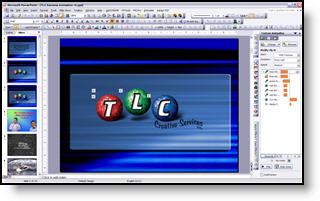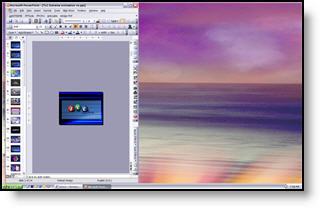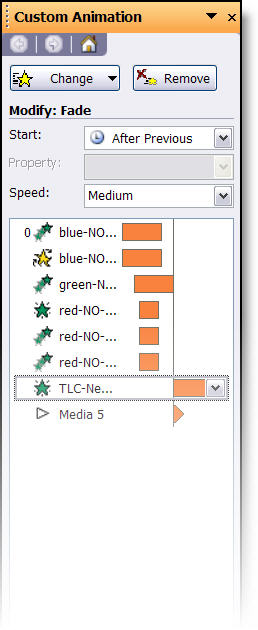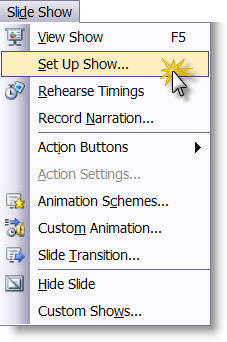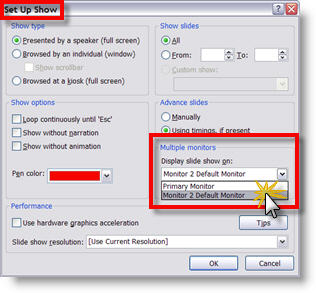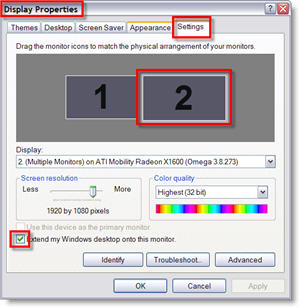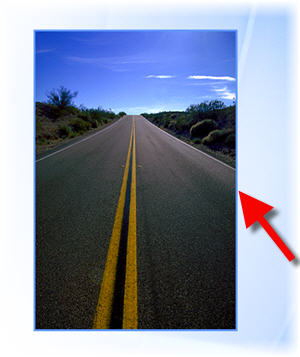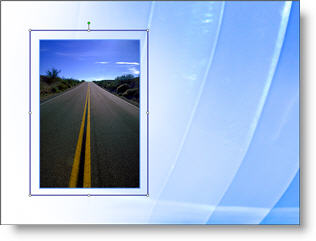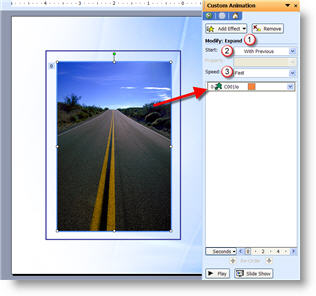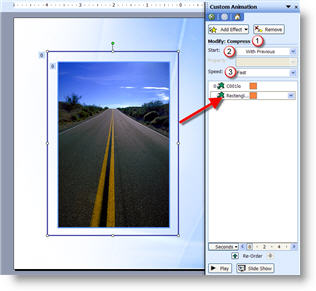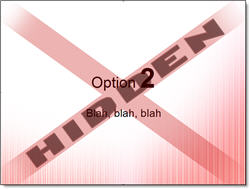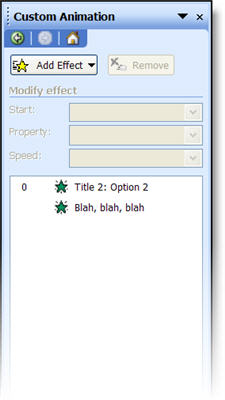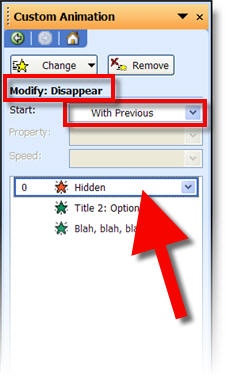Create a Glow with PPTXtreme SoftShadow
With creative use of PPTXtreme’s SoftShadow add-in instanst “Soft-Glows” can be created. If you have not checked out this very useful add-in go here.
(1) Select text, autoshape or image. Here are my setting for adding a white drop-shadow.
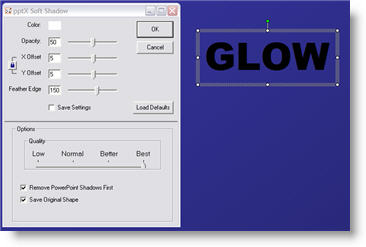
(2) Select the object again and apply a second softshadow. Note the negative (-5 and -5) X and Y positions, so the 2nd softshadow is positioned in the upper left. Here are my settings for this second softshadow.
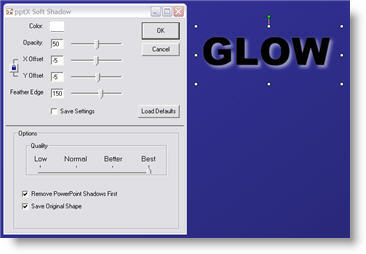
(3) The result is a photoshop quality glow.

– Troy @ TLC


